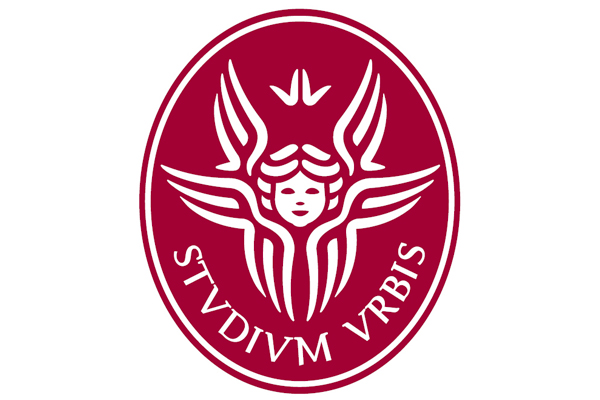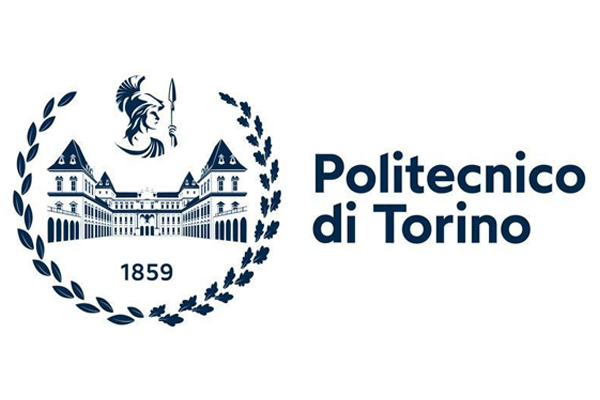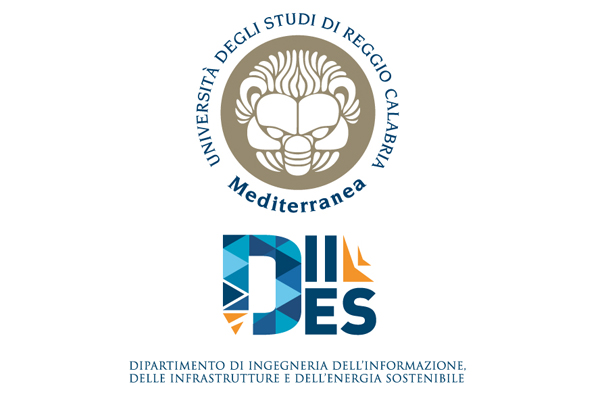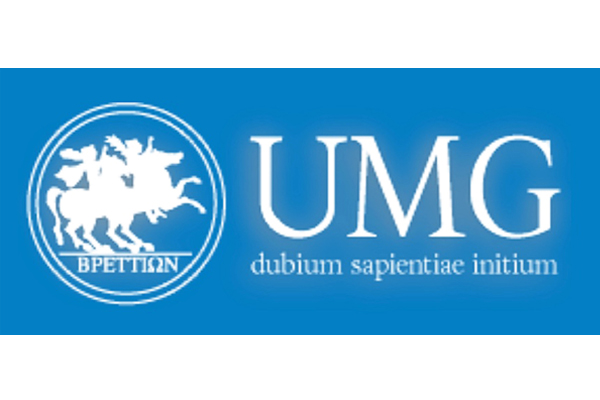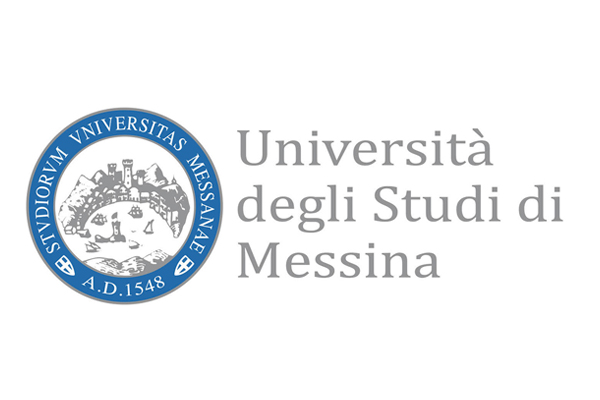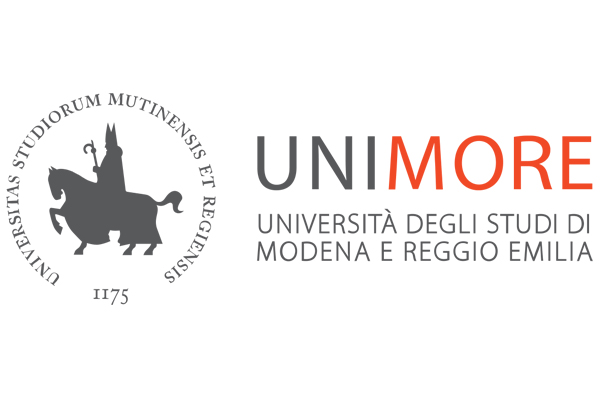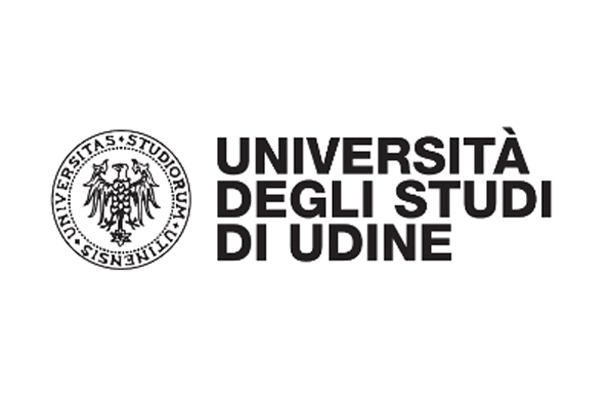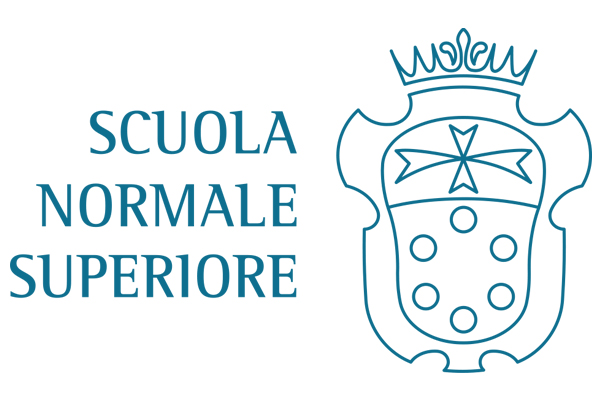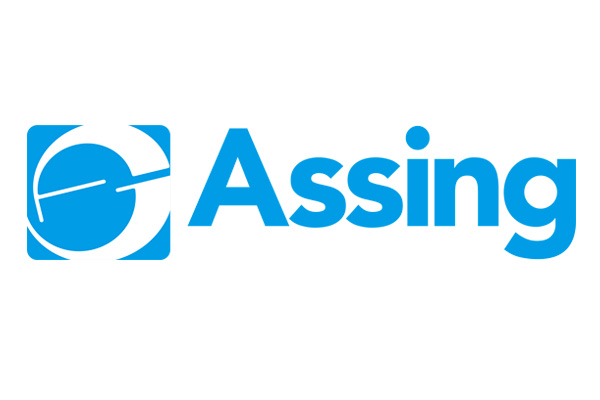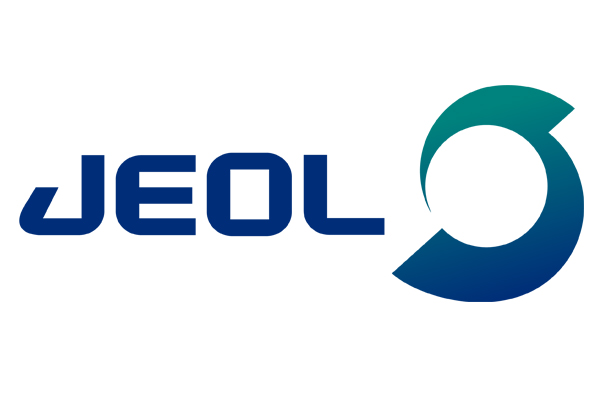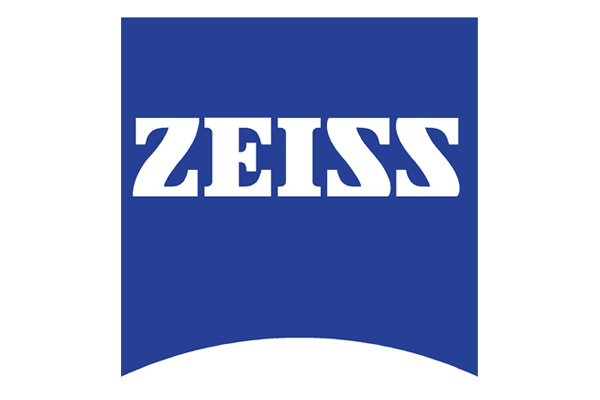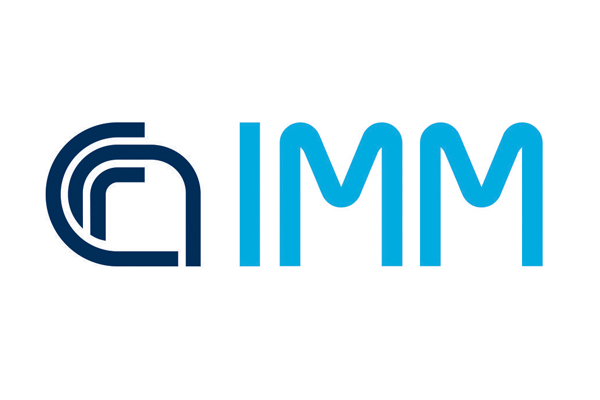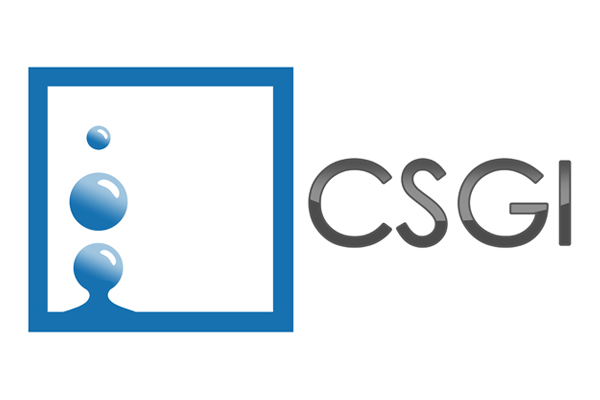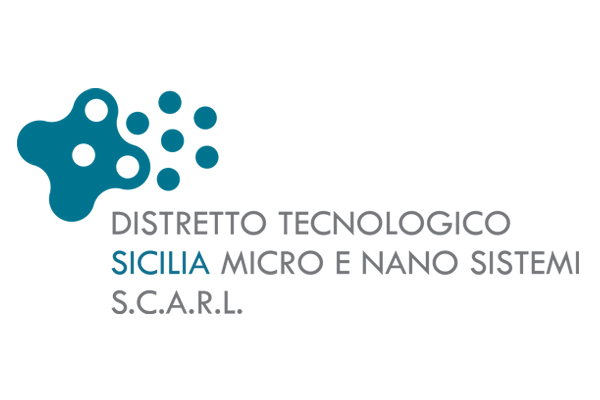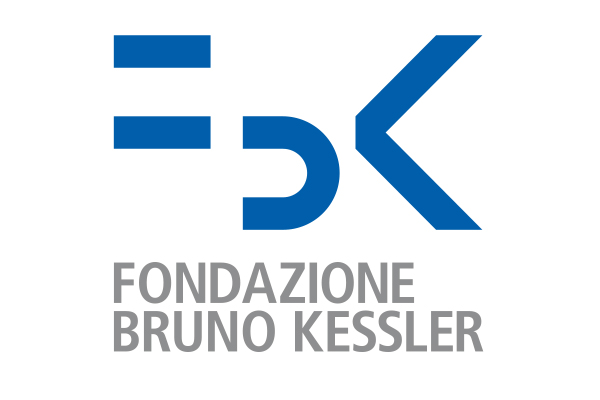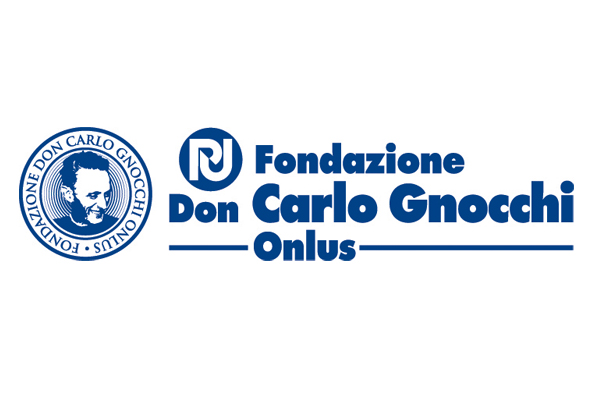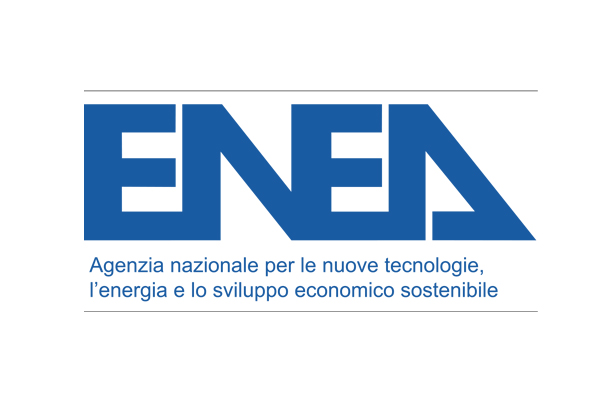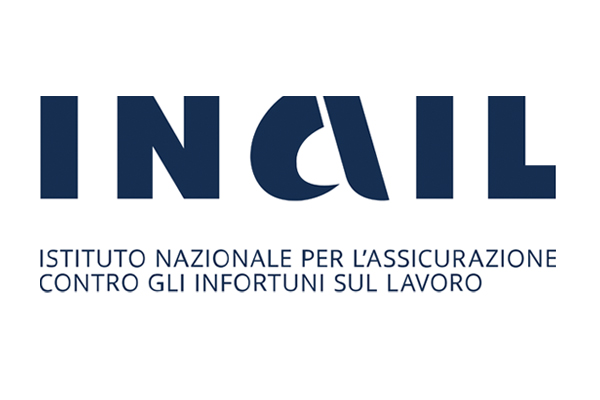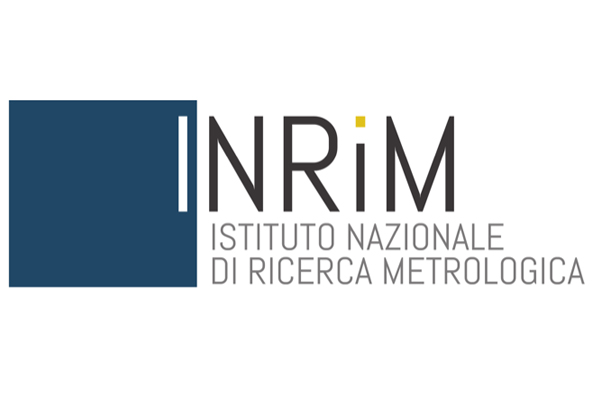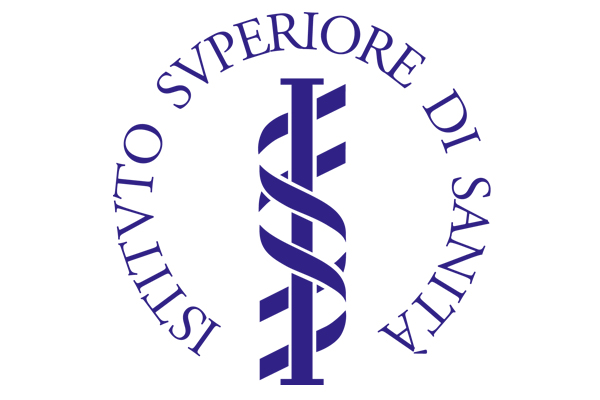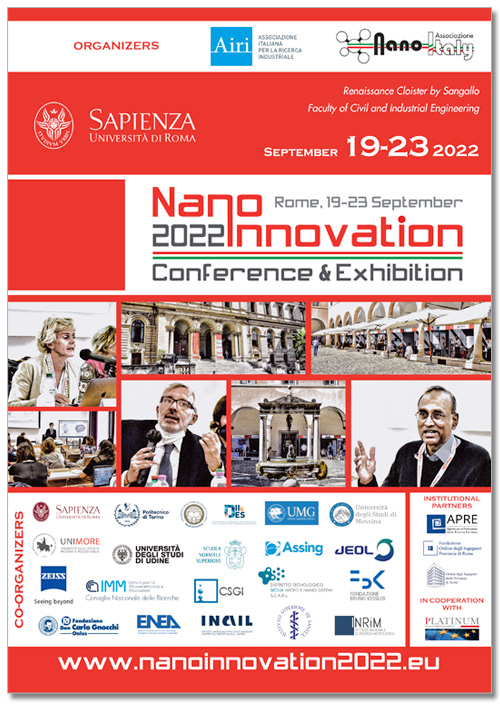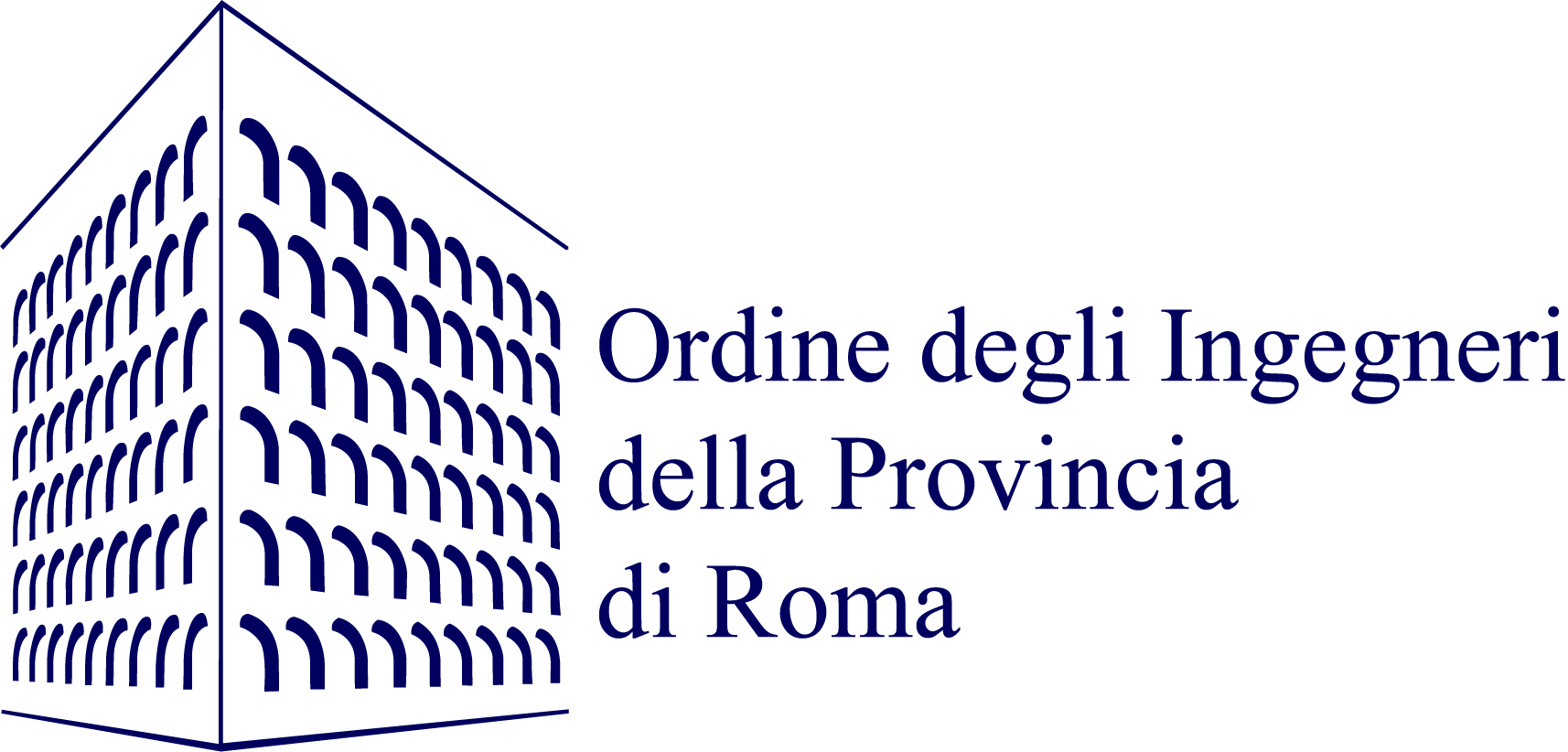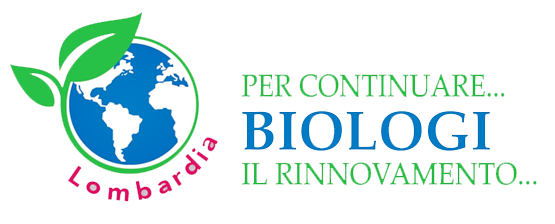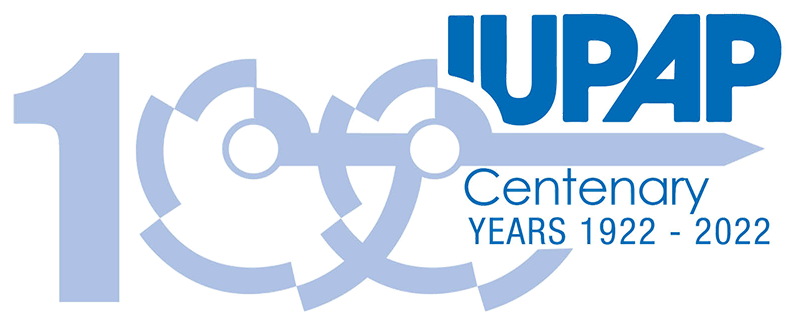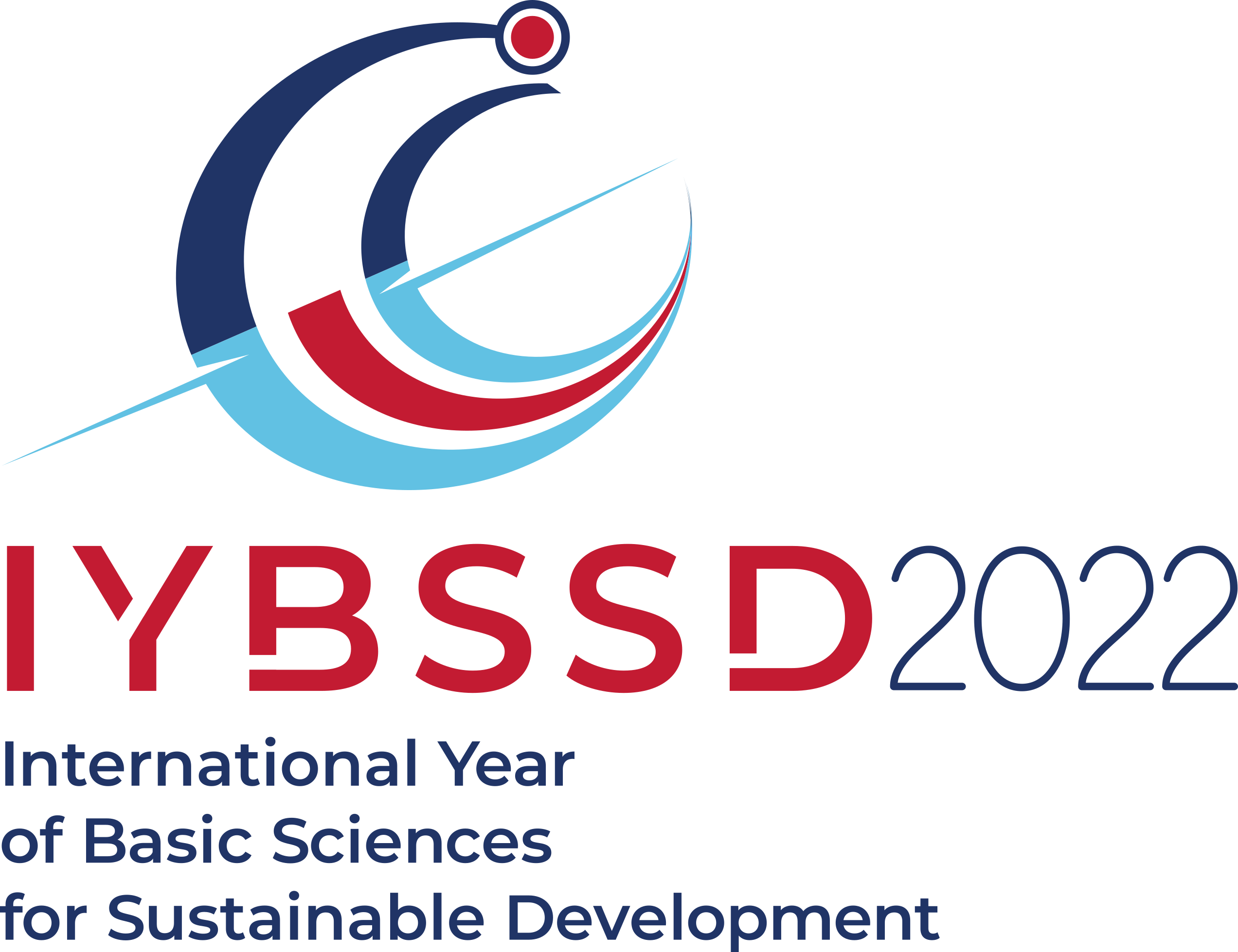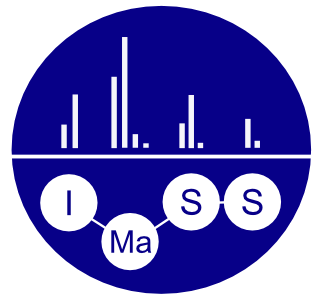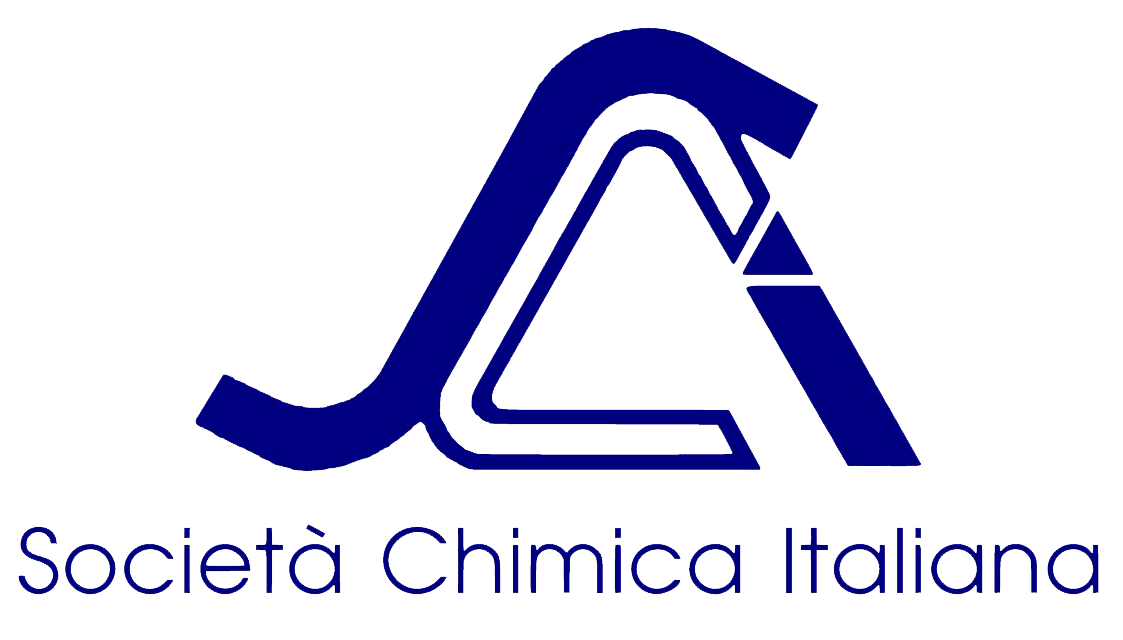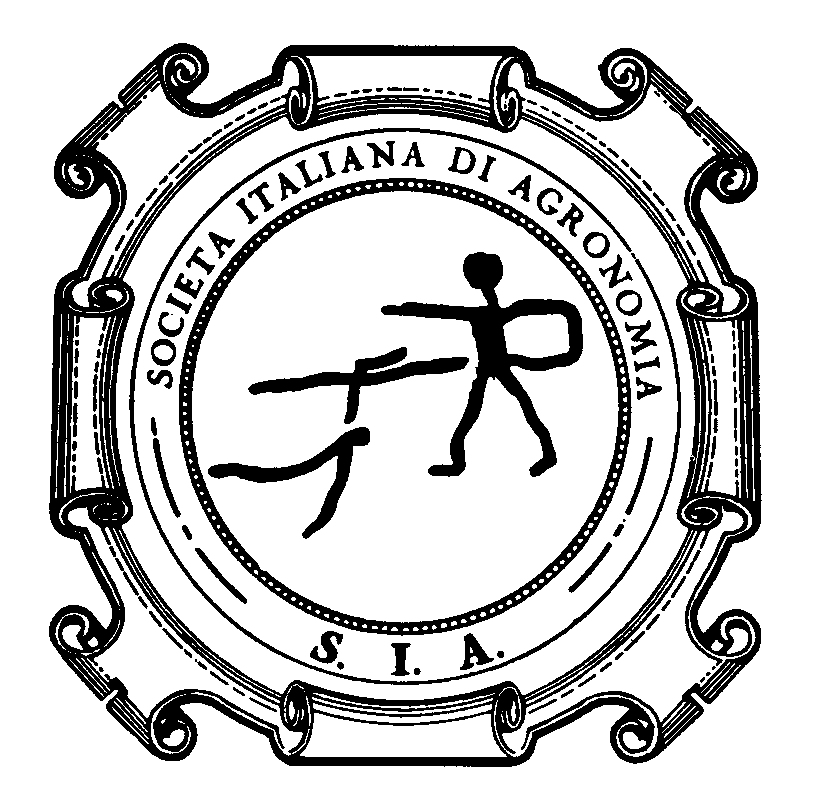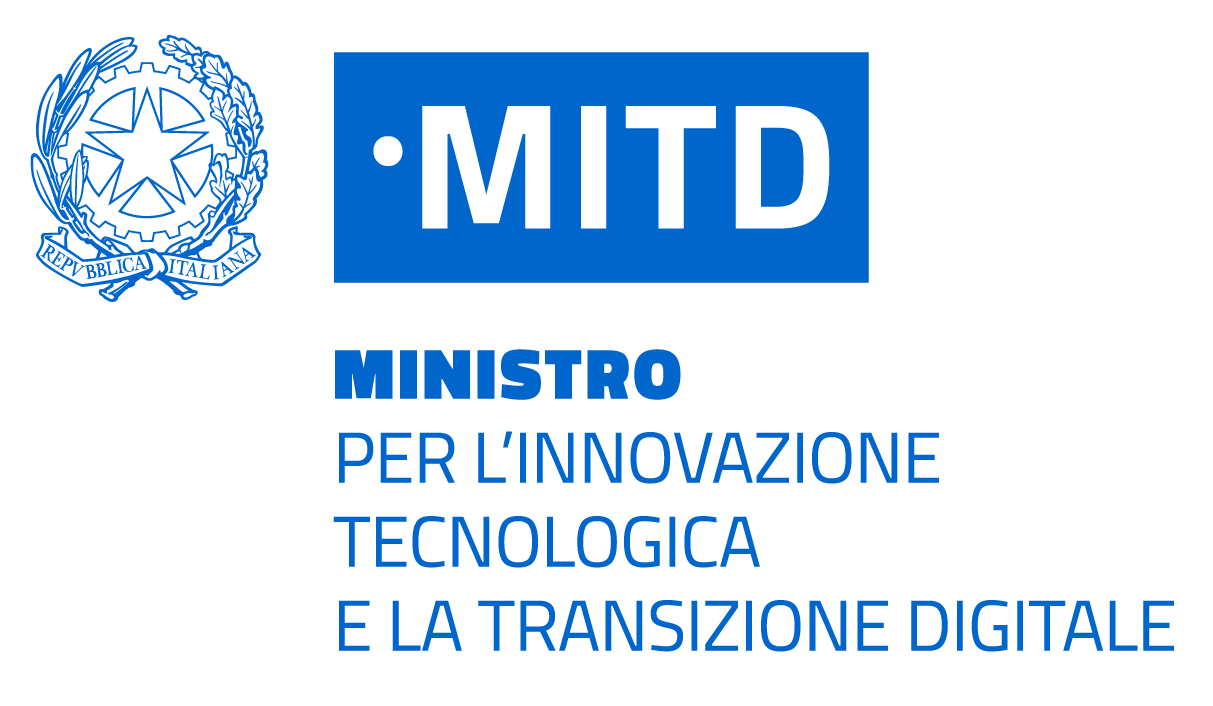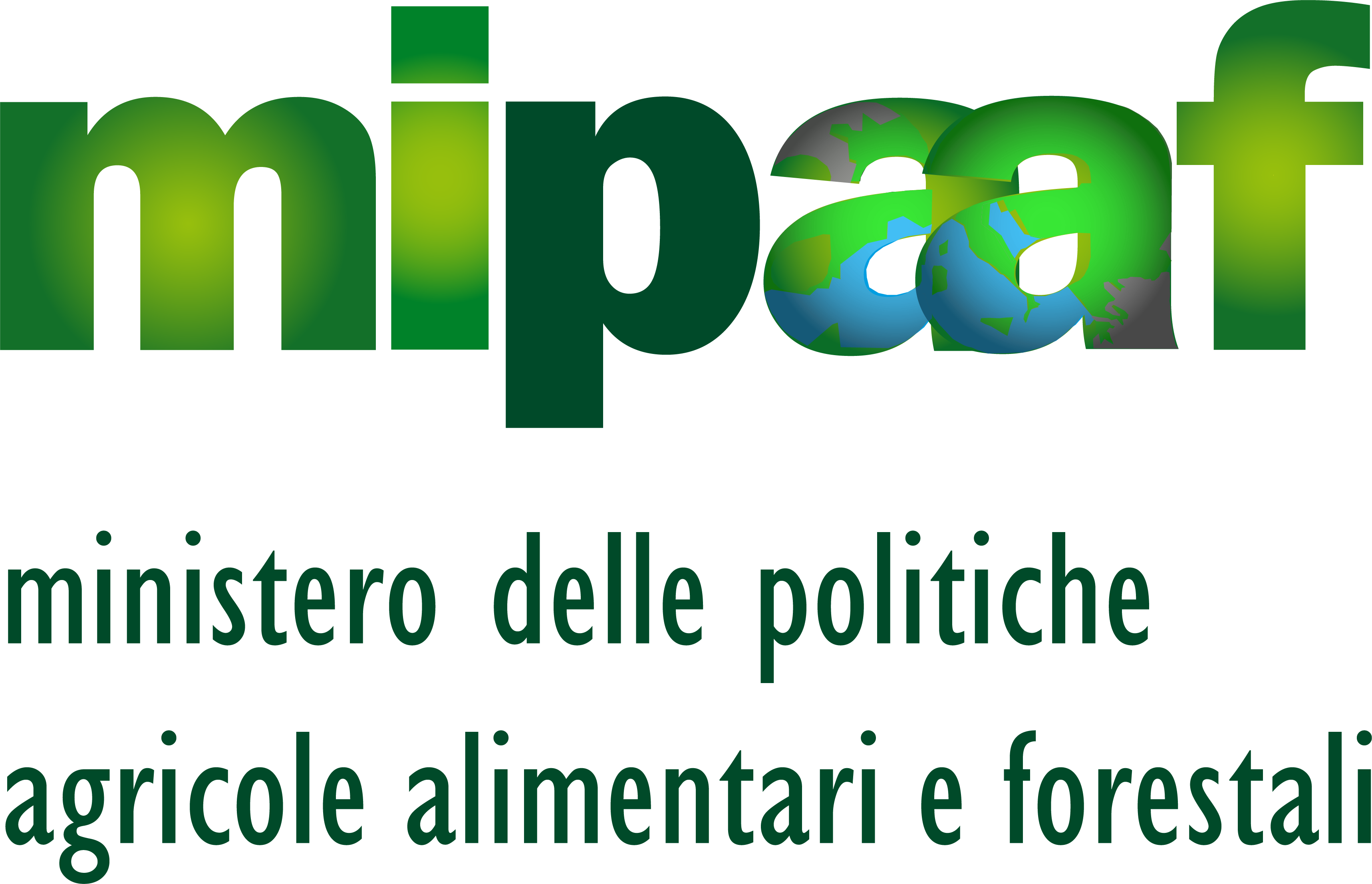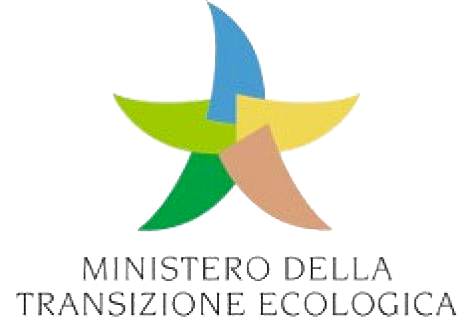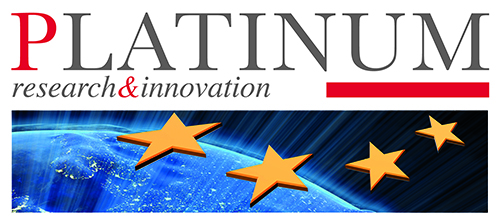Nanomaterials and Nanotechnology for the virtuous CO2 circle - Part 2
22 SEPTEMBER  11:30 - 13:00
11:30 - 13:00
| ROOM 1 | |||
| ENVIRONMENT & ENERGY | |||
| INNOVATION FOR THE ENERGY TRANSITION | |||
| TT.VI - Technical Multi-Track with Parallel SYMPOSIA | |||
| Nanomaterials and Nanotechnology for the virtuous CO2 circle - Part 2 | |||
| Co-organized with Polytechnic University of Turin, IIT Center for Sustainable Future Technologies - CSFT@POLITO and ENEA Chair: Michele RE FIORENTIN, IIT Center for Sustainable Future Technologies - CSFT@POLITO |
|||
|
In recent years, the negative impact of anthropogenic CO2 emissions on our planet’s climate has motivated a progressive transition from a global energy scenario heavily reliant on fossil fuels to one based on environmentally benign, renewable energy sources. However, various projections clarify that, in the short-to-medium term, fossil fuels will continue to be needed, and renewables will not be sufficient to replace them. To compensate excessive CO2 emission from burning fossil fuels, many strategies such as CO2 capture and storage technologies have been applied. Some energy companies, such as Shell and Chevron have launched projects for capturing and storing millions of tons of CO2 annually. However, the long-term solution for a sustainable development is the shift of conventional fossil fuels to renewables. Meanwhile, one of the most interesting and challenging strategies to mitigate the disastrous effect of carbon dioxide on earth’s climate, is to consider CO2 as valuable raw material to obtain value-added fuels and chemicals through its photo/electrochemical reduction (CO2RR). This approach reduces the dependence on fossil fuels and represents a further step towards achieving a Circular Economy. At present, there are still significant scientific and technological challenges for energy-efficient, economically and environmentally viable CO2 conversion processes. In this symposium, some key challenges and future perspectives for this application are presented and discussed. |
|||
| The symposium is part of the workshop WS.I |
|||
| TT.VI.A.1 WS.I.6.1 |
Hannes JÓNSSON - CV University of Iceland, Iceland Calculations of the mechanism and rate of CO2 electrochemical reduction to form fuel and/or chemical feedstock |
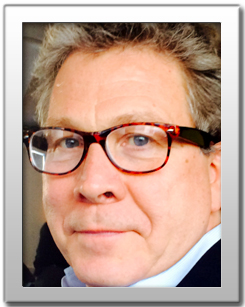 |
 |
| TT.VI.A.2 WS.I.6.2 |
Damien VOIRY - CV University of Montpellier, France Conversion of CO2 using electrochemical flow processes |
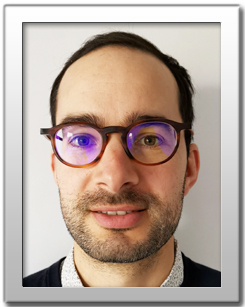 |
 |
| TT.VI.A.3 WS.I.6.3 |
Francesca RISPLENDI - CV Polytechnic University of Turin The importance of a synergistic theoretical and experimental approach to design efficient electrochemical CO2 reduction catalysts |
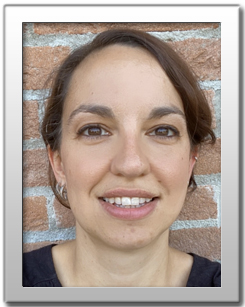 |
 |
| TT.VI.A.4 WS.I.6.4 |
Amin FARKHONDEHFAL - CV VITO, Belgium Development and upscaling of gas diffusion electrodes for CO2 reduction and electrosynthesis of chemicals |
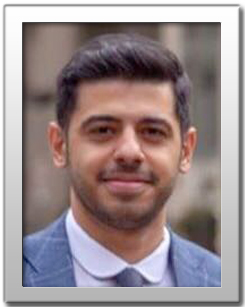 |
 |
| Back to Plan 22 September |
||
 |
||
| Download QR code | ||

